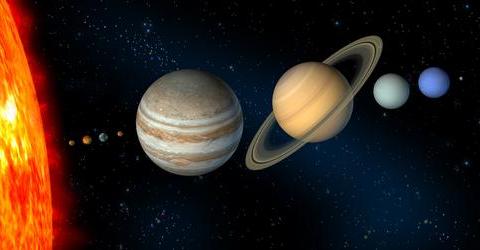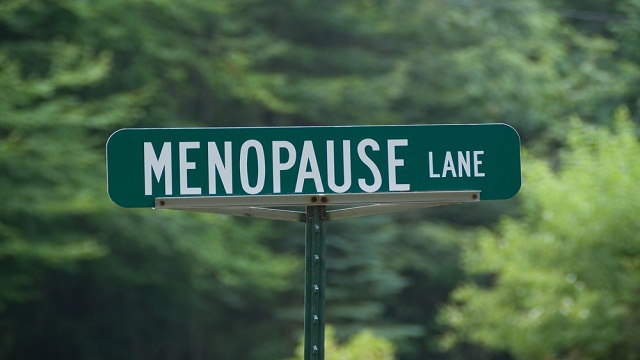Why Our Solar System May Not Be So Rare

What’s the Latest Development?
Emerging techniques for detecting planets beyond our solar system suggest that our planetary neighborhood might not be so unique, and that other solar systems might have an even more compact arrangement of planets. In a statistical analysis of the star HD 10180, which is just 6% larger than our sun and composed of similar elements, astronomers estimate that as many as nine planets may be orbiting it, and all within the star’s inner realm. Previous studies suggest that solar systems tend to be ‘maximally packed’, i.e. if planets can form, they will, and remain as close together as gravity will allow.
What’s the Big Idea?
Astronomers’ hunt for planets outside our solar system is just a few years old, but they have already confirmed the existence of more than 760 exoplanets, and more than 90 planetary systems have been found with more than one planet. Current detection techniques, however, favor finding massive planets—gas giants where life is unlikely to exist—that orbit smaller stars. But further observations may reveal that, similar to our galaxy which is rife with planets, our own planetary arrangement may also be more mediocre than exceptional.
Photo credit: shutterstock.com





